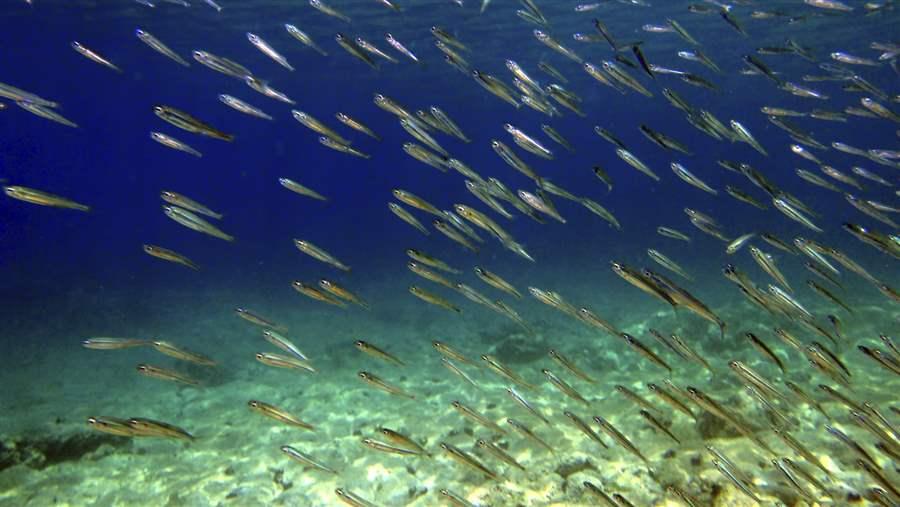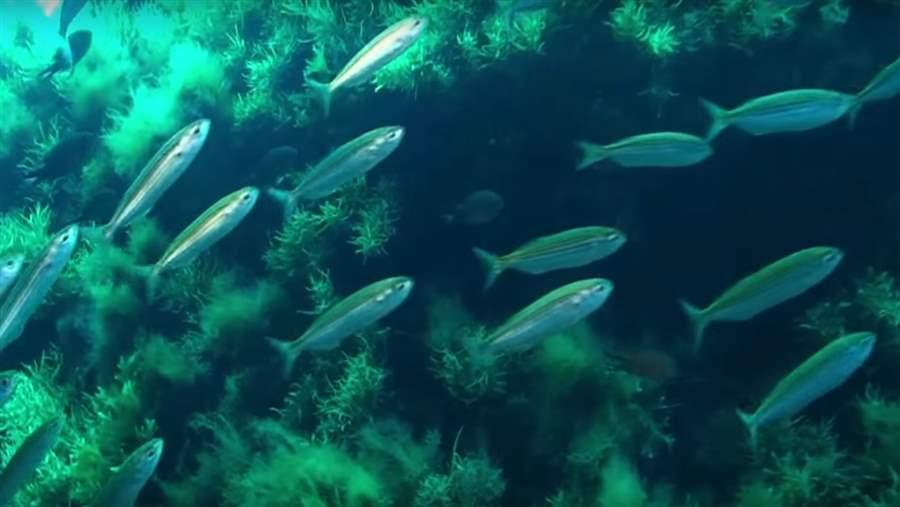Forage Fisheries Often Catch What Predators Eat
 iStockphoto
iStockphotoShoal of anchovies.
Some of the world’s largest fisheries target the same part of the food chain as many ocean predators, adding to a growing body of evidence suggesting that catching “forage fish” may negatively affect seabirds, marine mammals, and large fish. This latest result is from a study supported by the Lenfest Ocean Program and published in the August 2015 issue of the peer-reviewed journal Fisheries (Rountos et al. 2015).
Forage fish are a group of small-bodied species that play an outsize role as prey for larger organisms. The largest single-species fishery in the world targets a forage fish, the Peruvian anchovy. So does the largest in the United States, the fishery for menhaden in the Gulf of Mexico.
To look for potential impacts of these and other forage fisheries, the study used data from 40 marine ecosystems, identifying the level of the food chain targeted by fishing vessels and by predators. It found that forage fisheries and predator diets often overlap, meaning that fishermen may often be catching what the predators eat.
The authors suggest that managers consider this overlap when setting catch limits for forage fisheries. And they offer a useful indicator of overlap that requires information on catch and predator diet. Such data are often available, or can be gathered without complex scientific efforts, such as multi-year surveys or population modeling.
This study grew out of the work of the Lenfest Forage Fish Task Force, which issued a report three years ago on the management of forage fish (Pikitch et al. 2012). The report’s findings and recommendations about maintaining forage fish populations as a crucial link in ocean food chains have been widely cited, and more peer-reviewed studies are expected.


This video is hosted by YouTube. In order to view it, you must consent to the use of “Marketing Cookies” by updating your preferences in the Cookie Settings link below.
This video is hosted by YouTube. In order to view it, you must consent to the use of “Marketing Cookies” by updating your preferences in the Cookie Settings link below.

